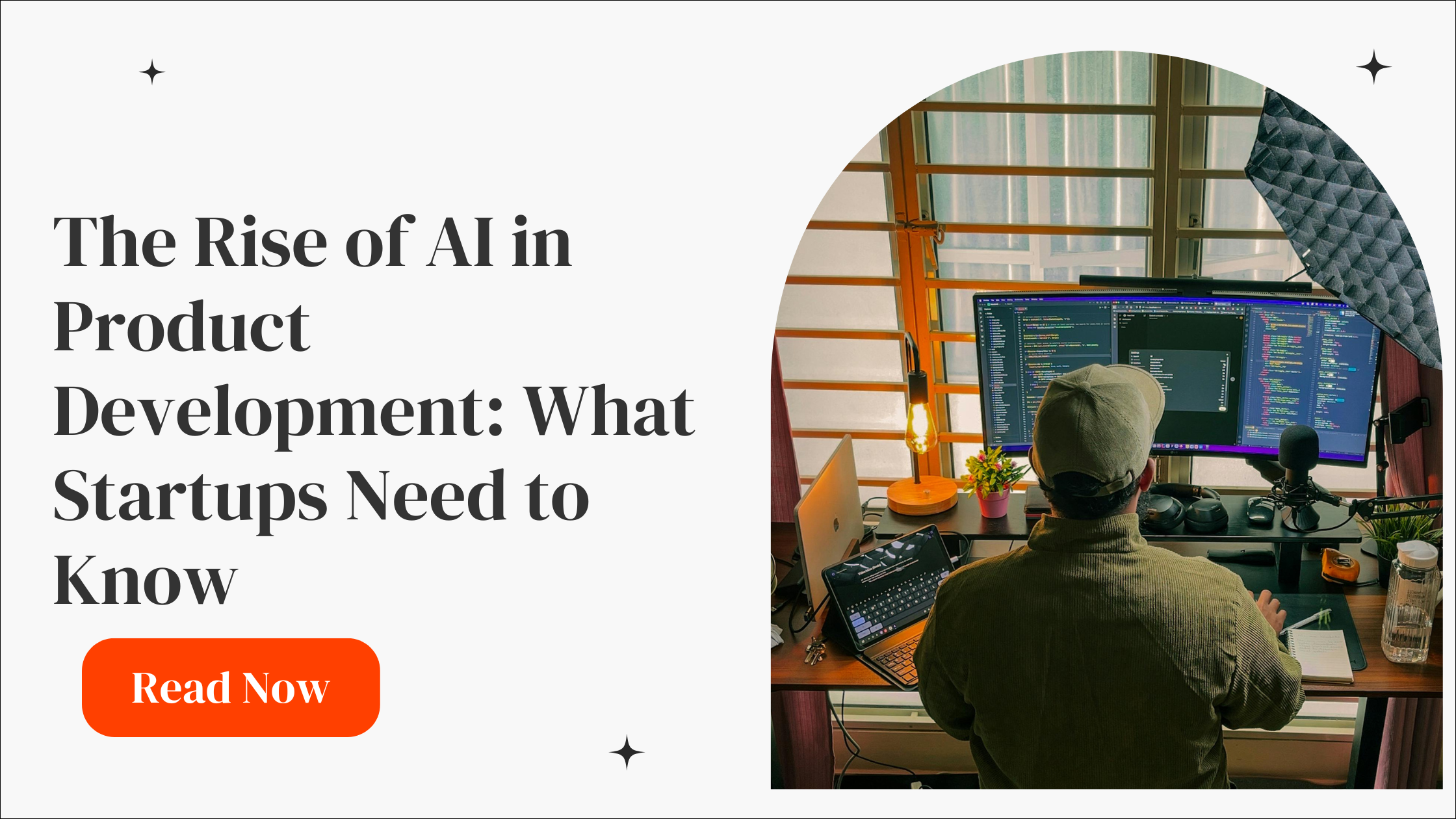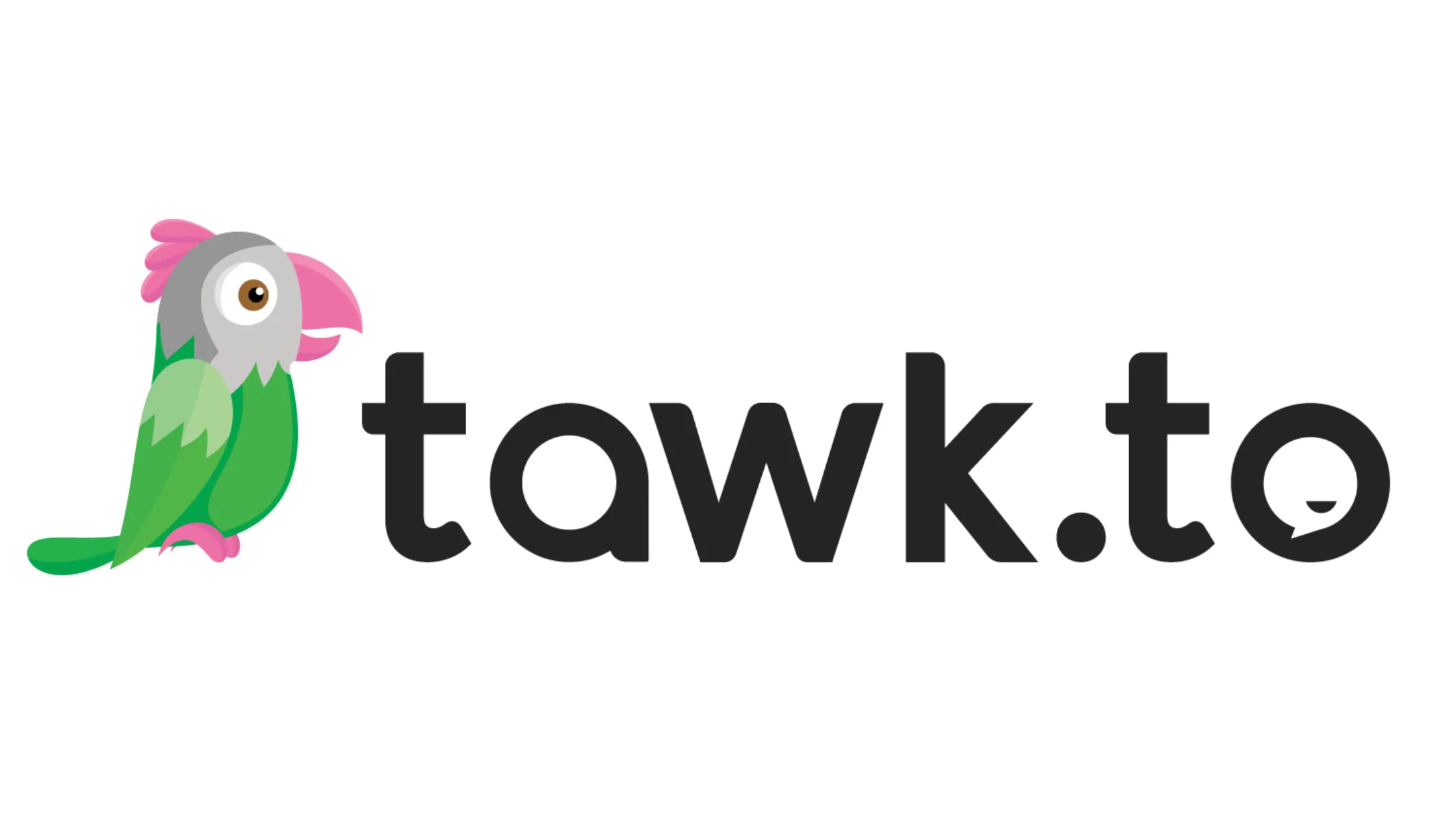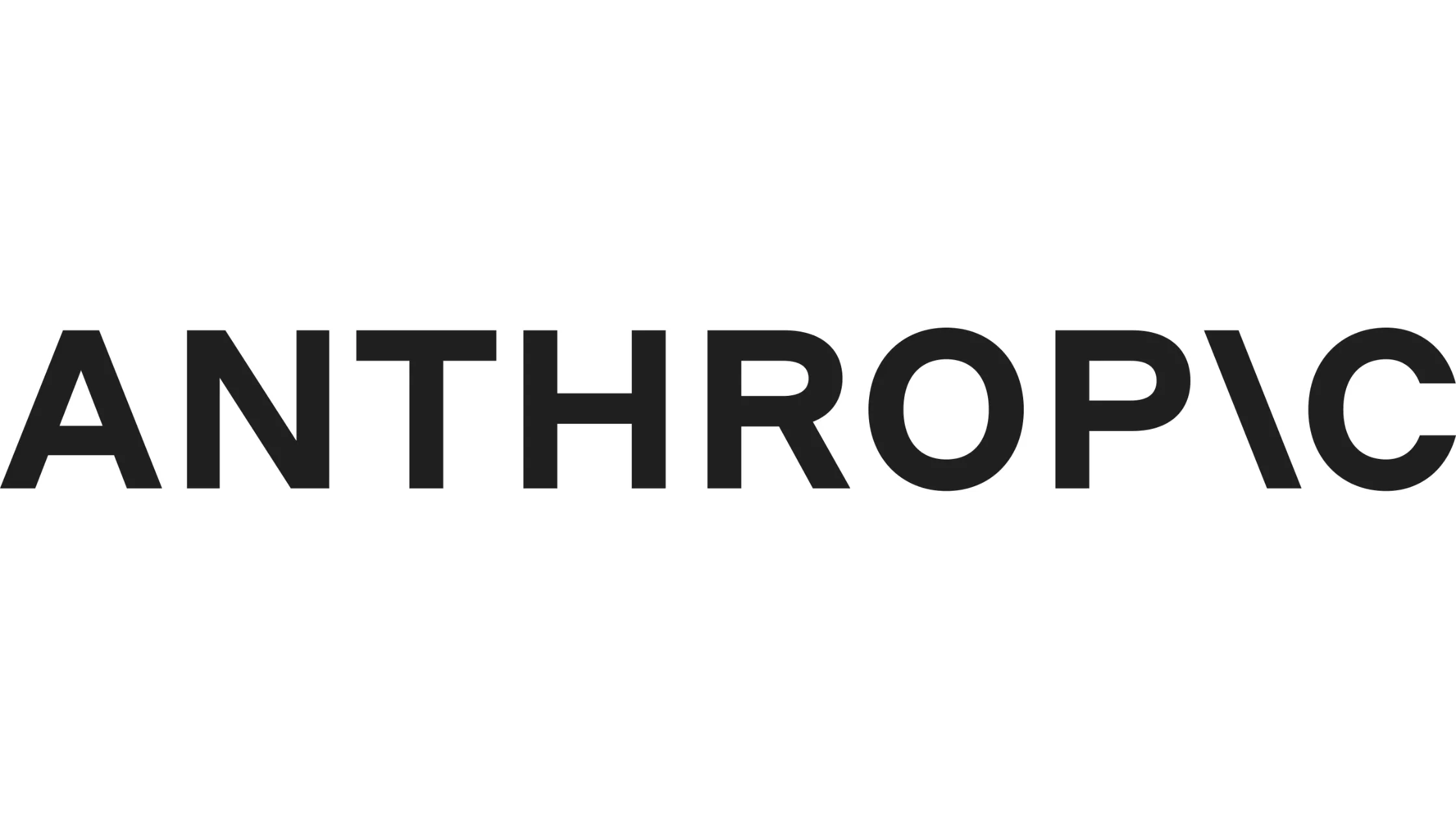
The Lean Startup Approach to Product Development: A Practical Guide for Founders
Learn how the Lean Startup approach to product development helps founders build, test, and iterate their products quickly while reducing risk and waste.
In today’s fast-paced world, building a product as a startup founder feels like trying to sprint a marathon. You’ve got a great idea, but you don’t want to spend months (or years) and burn through your runway without knowing if your product is something people actually want. That’s where The Lean Startup approach to product development comes in.
If you’re a startup founder who’s new to product development or haven’t heard of the Lean Startup methodology, don’t worry—I’ve got you. The Lean Startup is all about testing your assumptions early and often, using real-world feedback to build a product your customers will love. The result? You save time, money, and headaches while increasing your chances of building something people genuinely want to pay for.
As a YC alum and CTO of Kidsy, I’ve seen firsthand how adopting a lean approach has helped startups move quickly and build efficiently. So, in this guide, I’ll break down what the Lean Startup approach is, why it works, and how you can apply it to your product development process to launch faster, smarter, and with less risk.
What Is the Lean Startup Approach?
The Lean Startup methodology was popularized by Eric Ries, who wrote The Lean Startup in 2011. It’s a framework designed to help startups reduce risk and increase their chances of success by building products that meet real customer needs.
Here’s the basic idea:
- Build: Start with a Minimum Viable Product (MVP)—the simplest version of your product that can solve a problem for your customers.
- Measure: Test the MVP with real users, gathering data on how they use the product, what they like, and where they’re getting stuck.
- Learn: Analyze the data and use it to decide whether to continue improving the product (iterating) or change direction (pivoting).
It’s a loop: Build, Measure, Learn. This iterative process allows you to gather customer feedback early and often, so you can make informed decisions about what to build next.
Why Lean Works for Startups
Startups operate in environments of extreme uncertainty. You’re often trying to create a product that’s never existed before, for a market that might not even know it needs your solution. That’s a tall order!
The Lean Startup approach helps reduce this uncertainty in two main ways:
- Customer Focus: By involving customers early, you ensure you’re building something people actually want. This avoids the classic pitfall of spending months developing a product only to find out no one cares.
- Resource Efficiency: As a founder, your resources—time, money, energy—are limited. Lean lets you focus on the most critical aspects first, avoiding wasted effort on features or ideas that don’t move the needle.
How to Apply the Lean Startup Approach to Product Development
So, how do you actually apply the Lean Startup approach to your product development process? Let’s break it down step by step:
Step 1 - Start with a Problem, Not a Solution
Before you even think about building a product, you need to validate that the problem you’re solving is real. Start by identifying your target customers and understanding their pain points. Don’t assume you know what they need—ask them. Conduct interviews, surveys, or use existing market research to get insights.
Pro Tip: At Horizon Labs, we often work with founders to refine their problem statements before jumping into development. We use rapid prototyping to test assumptions without building the full product.
Step 2 - Build Your Minimum Viable Product (MVP)
Once you’ve validated the problem, the next step is to build an MVP. An MVP is not about creating a stripped-down version of your final product; it’s about focusing on the core features that solve your customers’ most important problem.
For example, if you’re building an e-commerce platform, your MVP might include a basic storefront and checkout system. It doesn’t need to have fancy features like product recommendations or a chatbot.
Step 3 - Measure What Matters
After launching your MVP, the next step is to measure its impact. Here’s where analytics come into play. You need to track how users are interacting with your product and identify the key metrics that matter to your business—things like customer acquisition cost, lifetime value, and churn rate.
At Horizon Labs, we help our clients set up these measurement frameworks from day one. It’s all about getting real-world data that tells you whether your product is hitting the mark.
Step 4 - Learn and Iterate
Now comes the most important part: learning from your data. Did customers use your MVP the way you expected? Did they have any issues or requests for additional features? Use this feedback to iterate on your product, improving it one step at a time.
And if the data shows that your initial assumptions were wrong, it might be time to pivot—changing direction based on what you’ve learned. This could mean targeting a different market segment, adjusting your pricing model, or even shifting to a completely different product.
Common Mistakes to Avoid
While the Lean Startup approach is designed to help startups succeed, it’s not foolproof. Here are a few common mistakes founders make when trying to implement it:
- Skipping the Problem Validation Phase: Don’t rush into building your MVP without confirming that there’s a real problem to solve. If you skip this step, you risk building something no one needs.
- Overbuilding the MVP: Keep it simple. The goal of an MVP is to test a hypothesis, not to build a perfect product. If you’re spending too much time on details that don’t directly solve the core problem, you’re overdoing it.
- Not Measuring the Right Metrics: Vanity metrics (like the number of downloads or visits) can be misleading. Focus on metrics that reflect customer engagement and product-market fit.
Lean Tools to Support Your Product Development
Implementing the Lean Startup approach doesn’t have to be overwhelming, especially with the right tools in place. Here are a few tools that can make each step of the process smoother:
Prototyping Tools for Building MVPs
Before jumping into development, it’s smart to create a clickable prototype to gather feedback on your product concept. This saves you time and money by validating your idea with potential customers before writing any code. Some of the most popular tools for this are:
- Figma: Great for collaborative design and interactive prototypes.
- InVision: A powerful tool for turning designs into clickable prototypes.
- Marvel: User-friendly and quick for rapid wireframes and mockups.
At Horizon Labs, we often use Figma to help our clients design MVPs and prototypes that look polished and professional, but are easy to tweak based on feedback.
Analytics Tools for Measuring Success
To truly measure the impact of your MVP, you need to collect and analyze user data. Here are some tools that can help you gather actionable insights:
- Google Analytics: A classic tool for tracking website traffic and user behavior.
- Mixpanel: Helps track more specific user actions, like sign-ups, button clicks, or any custom events in your app.
- Hotjar: Perfect for heatmaps and session recordings, allowing you to see how users interact with your product.
At Horizon Labs, we often integrate these analytics tools into our client’s MVPs to make sure they’re tracking the metrics that matter most—like customer retention and conversion rates.
Project Management Tools for Lean Workflows
Keeping your product development lean means staying organized and ensuring your team is working efficiently. Here are a few tools to help you manage your workflow:
- Trello: A simple and visual tool for tracking tasks and sprints.
- Jira: More advanced project management for agile teams, with features like backlog tracking and sprint planning.
- Asana: Helps teams collaborate and stay on track with detailed to-do lists and timelines.
Horizon Labs uses a combination of these tools, depending on the project, to make sure we’re on top of deadlines and client needs.
The Future of Lean Product Development
As startups continue to grow in complexity, the Lean Startup approach remains a powerful tool for founders who want to stay agile and customer-focused. But like any methodology, it evolves. Today, many startups are blending Lean with other approaches, such as Agile development and design thinking, to create a hybrid model that fits their unique needs.
At Horizon Labs, we’re always at the forefront of these developments. Whether it’s integrating cutting-edge AI into your MVP or streamlining your cloud infrastructure, we make sure your product not only launches lean, but scales efficiently as well.
Why Horizon Labs is Your Lean Startup Partner
At Horizon Labs, we’ve worked with dozens of startups—from healthtech to AI—helping them adopt a Lean Startup approach to product development. We don’t just write code; we help you de-risk your product launch by focusing on rapid prototyping, user testing, and data-driven iterations. Our team of experienced engineers has helped build MVPs for YC-backed startups like Flair Labs, Arketa, and Bloom, giving founders the confidence to move forward with products that customers actually want.
If you’re ready to take the Lean approach and build a product without the engineering headaches, reach out to Horizon Labs at info@horizon-labs.co or schedule a call at https://www.horizon-labs.co/contact. We’ll help you build your tech faster, cheaper, and better than the competition.
Frequently Asked Questions (FAQs) about The Lean Startup Approach to Product Development:
Q: What is the key difference between the Lean Startup approach and traditional product development?
A: The Lean Startup approach focuses on rapid iteration, using customer feedback to inform product development decisions at each stage. In contrast, traditional product development often follows a more rigid process, where teams spend significant time building a full product before testing it with real customers. Lean minimizes the risk of building something that doesn’t meet market needs, allowing startups to pivot quickly based on real-world data.
Q: Can the Lean Startup approach be applied to non-tech startups?
A: Absolutely. While the Lean Startup method is often associated with tech startups, its principles can be applied across various industries. Any startup looking to validate assumptions, reduce waste, and quickly respond to customer feedback can benefit from using the Lean methodology. Whether you're building a software app or a physical product, the approach remains the same: test, learn, and iterate.
Q: How does the Lean Startup approach reduce time-to-market for new products?
A: By focusing on building an MVP and gathering real customer feedback early in the process, the Lean Startup approach helps founders identify what features are most valuable to users. Instead of spending months perfecting a full-featured product, startups can release a simpler version, quickly learn from users, and make data-driven improvements. This reduces time-to-market by allowing founders to avoid unnecessary features and focus on delivering immediate value.
Q: What are common challenges founders face when implementing the Lean Startup approach?
A: One of the biggest challenges is knowing when to pivot versus when to persevere. Some founders become too attached to their initial vision and are hesitant to pivot based on feedback. Others may misinterpret early data and pivot too soon. Another challenge is over-relying on feedback from a small group of users, which can skew decision-making if the sample isn't representative of the target market.
Q: How does the Lean Startup approach impact long-term product development?
A: The Lean Startup approach is about more than just quick iterations—it’s a mindset that prioritizes learning over execution. In the long term, it encourages a culture of continuous improvement, where feedback loops are constantly informing product decisions. This helps startups avoid stagnation and stay agile, ensuring they continue to meet customer needs as their market evolves.
Q: Can the Lean Startup approach work for scaling a product after the MVP stage?
A: Yes. The principles of Build-Measure-Learn can still be applied after the MVP stage as your startup grows. While you’ll likely shift focus from validating core features to optimizing and scaling, continuous iteration remains crucial. By continuing to gather user feedback and making incremental improvements, you can ensure your product evolves in line with customer demands and market trends.
Q: What are some examples of successful companies that have used the Lean Startup approach?
A: Some notable companies that have successfully applied Lean principles include Dropbox, Airbnb, and Zappos. Dropbox famously validated its core idea with a simple explainer video before building the full product, while Airbnb used early customer feedback to refine its platform. Zappos initially tested their business model by listing shoes online, only purchasing inventory once a customer ordered, allowing them to validate demand with minimal upfront investment.
Q: How can the Lean Startup approach help mitigate financial risk?
A: By prioritizing customer feedback and building only what’s necessary in the early stages, the Lean Startup approach minimizes financial waste. Startups avoid investing heavily in features or products that don’t resonate with users, instead directing resources toward what delivers value. This iterative, feedback-driven approach ensures that each development cycle is tied to real user needs, reducing the risk of sinking costs into unvalidated ideas.
Q: How can startups measure the success of their MVP using the Lean Startup approach?
A: The success of an MVP is typically measured through key metrics that reflect user engagement and product-market fit. Common metrics include customer acquisition rate, churn rate, retention, and usage frequency. Startups should also track user feedback and behavior to identify whether the MVP solves the intended problem. Success is determined by whether users are finding value in the product, leading to higher adoption rates and positive feedback.
Q: How does the Lean Startup approach help in managing limited resources?
A: The Lean Startup approach is ideal for managing limited resources because it emphasizes building only what’s necessary to test key assumptions about your product. By focusing on an MVP and validating features step by step, founders avoid spending money and time on features that might not be essential. This helps startups allocate resources more effectively, investing in areas that show promise based on real customer feedback.
Q: Can the Lean Startup approach be applied in large enterprises, or is it only for startups?
A: While the Lean Startup approach is designed for startups operating in conditions of high uncertainty, large enterprises can also adopt its principles to innovate within their existing frameworks. Many large companies use Lean methodologies to develop new products or enter new markets. By adopting an iterative approach and continuously testing ideas with customers, even large corporations can become more agile and reduce the risks associated with launching new products.
Q: How do you ensure that you're getting meaningful feedback from users when following the Lean Startup approach?
A: To get meaningful feedback, it’s crucial to target the right users—those who match your ideal customer profile. Engage with early adopters who are more likely to provide actionable insights. Also, design clear feedback mechanisms, such as user surveys, interviews, or in-app feedback tools, that allow users to easily share their thoughts and experiences. Be sure to ask open-ended questions and listen to pain points that you might not have anticipated.
Q: What’s the difference between a pivot and a small iteration in the Lean Startup approach?
A: A small iteration involves making incremental changes to the product based on user feedback, like refining a feature or improving usability. A pivot, on the other hand, is a fundamental shift in your business model or product direction. It happens when your original assumptions about the product or market are proven wrong, and you need to change course to better meet customer needs. For example, pivoting might involve targeting a new customer segment or completely altering the product offering.
Q: How does the Lean Startup approach influence the go-to-market strategy for a product?
A: The Lean Startup approach influences the go-to-market strategy by encouraging early market validation before a full-scale launch. With continuous feedback loops, founders can refine their messaging, positioning, and target audience based on real-world data. This iterative process ensures that when the product goes to market, it resonates with users, reducing the risk of a failed launch and increasing the likelihood of gaining early traction.
Q: How do you determine the right moment to stop iterating and scale the product?
A: The right moment to stop iterating and focus on scaling comes when you’ve achieved a strong product-market fit. This means your product is solving a key problem for a significant number of users, and customer demand is consistently growing. Key indicators include high user engagement, positive feedback, strong retention rates, and a sustainable business model. Once you’ve validated the core aspects of your product, it’s time to allocate resources toward scaling and growth.
Q: What role do early adopters play in the Lean Startup approach?
A: Early adopters are crucial in the Lean Startup approach because they are often the first users to test your MVP and provide feedback. These users are typically more open to trying new solutions and are willing to offer detailed insights that help you refine your product. Engaging with early adopters gives you valuable information about what’s working and what’s not, allowing you to make informed iterations before expanding to a broader market.
Need Developers?
We help companies build ideas into apps their customers will love (without the engineering headaches).
















For Startups & Founders
We've been founders ourselves and know how valuable the right communities, tools, and network can be, especially when bootstrapped. Here are a few that we recommend.

Mistakes to Avoid When Building Your First Product
Learn the key mistakes founders make when building their first product—and how to avoid them for a faster, smoother launch.
Read more
The Rise of AI in Product Development: What Startups Need to Know
Learn how AI is transforming product development for startups. From MVPs to scaling, here’s what founders need to know in today’s AI-driven world.
Read more
No-Code vs. Custom Development: Which is Right for Your Startup?
Weighing no-code vs. custom development? Learn which is right for your startup depending on stage, budget, and product complexity.
Read more
What is Mixpanel?
Learn how Mixpanel helps startups track user behavior to improve products and accelerate growth with clear data-driven insights.
Read more
How Tawk.to Can Boost Your Startup’s Customer Support Game
Learn how Tawk.to can benefit startups by enhancing customer support and engagement. Perfect for early-stage founders!
Read more
Grow Your Startup With Anthropic's AI-Powered Tools
Discover how Anthropic's cutting-edge AI tools can accelerate your startup's success. Learn about their benefits and see why they can be trusted by startups.
Read more
What is Data-Driven VC?
Learn what a data-driven VC means and how such investors can benefit your startup’s growth and fundraising journey.
Read more
What is Blockchain?
A beginner-friendly guide on blockchain for startup founders, covering key concepts, benefits, challenges, and how to leverage it effectively.
Read more
What is Cybersecurity?
Learn cybersecurity basics tailored for startup founders. Understand key risks, best practices, and how to protect your startup from tech threats.
Read more
What is Seedcamp?
Learn what Seedcamp is, how its European seed fund and accelerator program work, and how founders can use its capital, mentorship, and network to scale their st
Read more
What is AngelList?
AngelList is a prime platform connecting startup founders to investors, talent, and resources to accelerate early-stage growth.
Read more
What is 500 Startups?
Learn what 500 Startups (now 500 Global) is, how its accelerator and seed fund work, and when founders should consider it—plus tips for early-stage startups.
Read more.png)